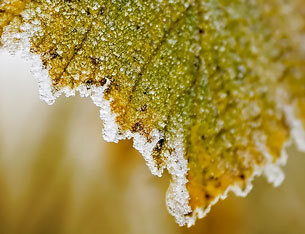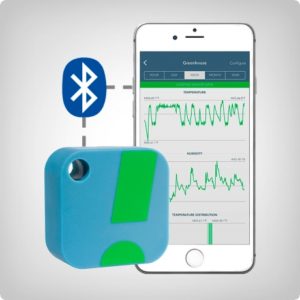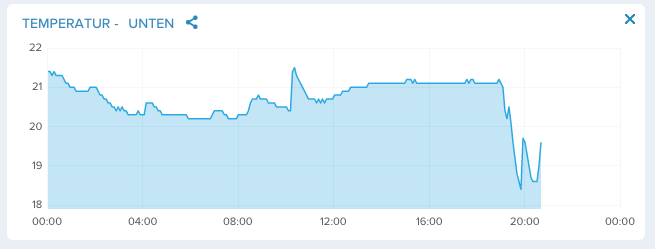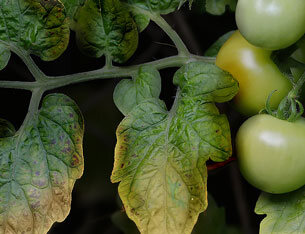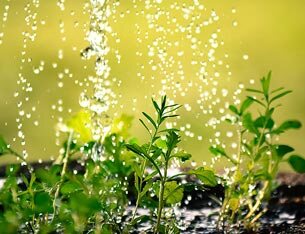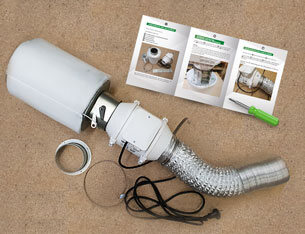The temperatures are dropping and it's getting really cold again. But with a few measures to control the temperature, your plants will survive the winter well.
This is how you defy the cold:
1. measure and record the temperature
It is best to always know how warm - or cold - it is in your growroom or growbox. To do this, we recommend using a thermometer or hygrometer to measure the temperature on the trunk, at ground level of the plants and in the shade. If possible, the temperature should not fluctuate too much when the light goes on and off.
Ideally you should record the temperature continuously, the Sensorpush thermometer / hygrometer is ideal for this.
2. leave the lights on at night
It is coldest at night, so this is the best time to switch on the lights. This way you make the best use of the waste heat from sodium vapour or metal halide lamps to get through the cold night (outside). When using grow LEDs, this effect is negligible, which is a blessing in summer, but doesn't help us in terms of temperature in winter.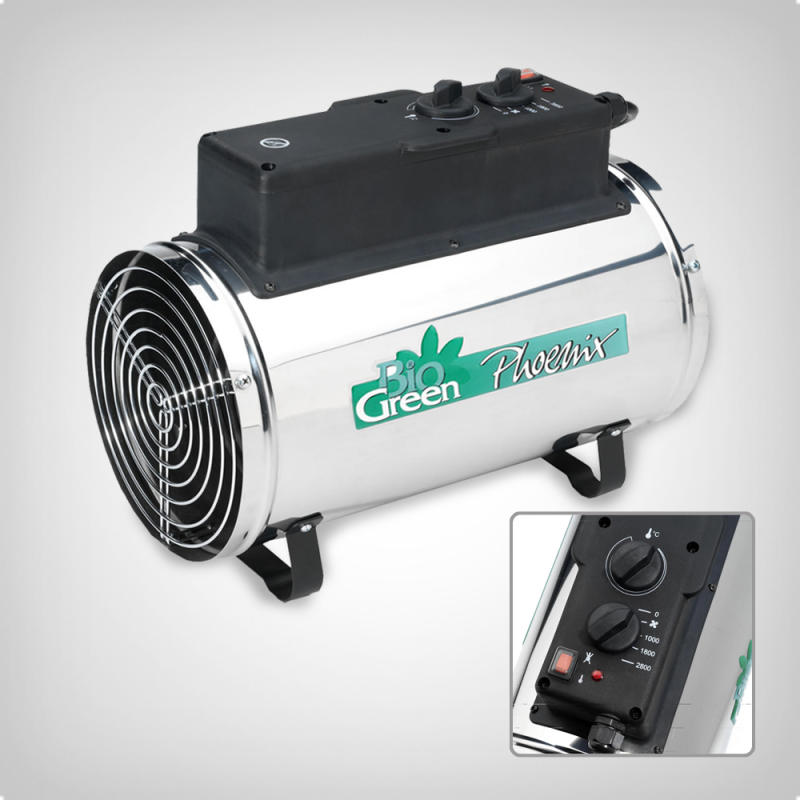
3. heating the growroom
With a greenhouse heater you can efficiently bring your growroom or growbox to the optimal temperature. The built-in fan and the thermostat distribute the heat optimally in the room. Alternatively, you can use a supply air system to bring warm air from another room into the growroom.
4. do not place the plants on cold ground
If the floor is cold, the plants should not touch it. A tray on which the plants stand can help here. If the soil is particularly cold, we recommend using a heating mat or a large polystyrene plate as a base. In addition to the lighting, the heating mat can also be easily controlled with the Romberg HortiSwitch thermostat.
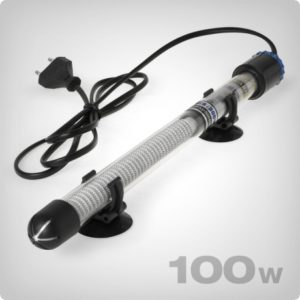 5. The nutrient solution or the water should not be too cold.
5. The nutrient solution or the water should not be too cold.
If necessary, you can use a heating rod, as known from aquaristics, to warm up the nutrient solution to a temperature of 18-20 degrees. As a rule of thumb, a heating rod with a power of 100 watts can heat 100 litres of nutrient solution. There are also heating elements with 200 watts or 300 watts for up to 200 or 300 litres.
6. Do not store fertiliser too cold
Fertiliser should not be stored below 10 degrees Celsius. If it gets too cold, some of the dissolved salts that make up the nutrients crystallise. In this form they are no longer part of the nutrient solution and are therefore not available to the plants. Therefore, fertiliser is best stored between 10 and 19 degrees Celsius and not in direct sunlight.
